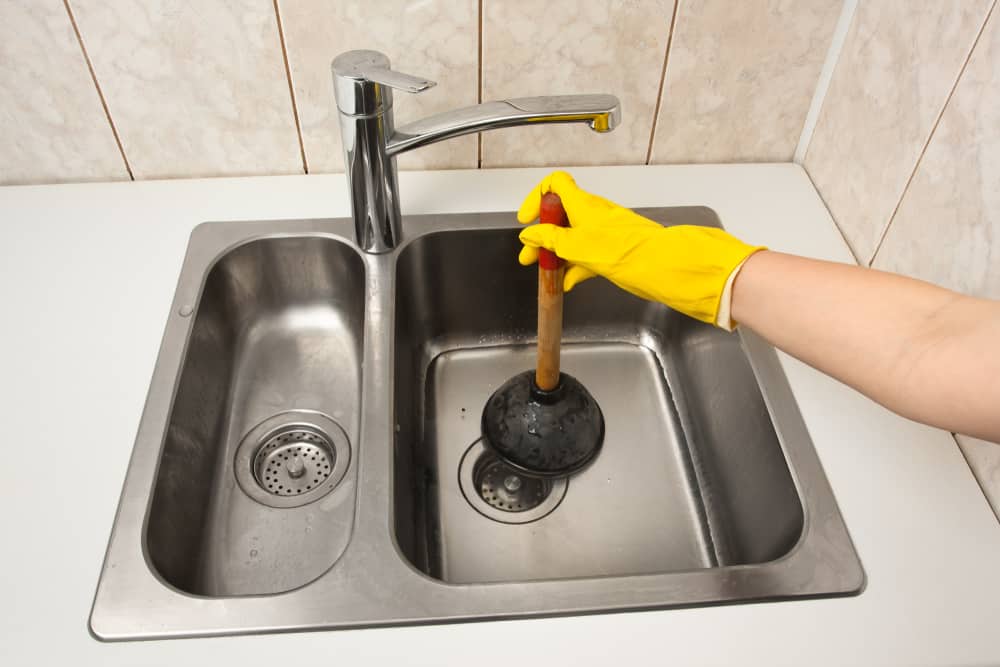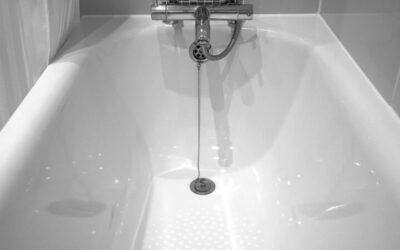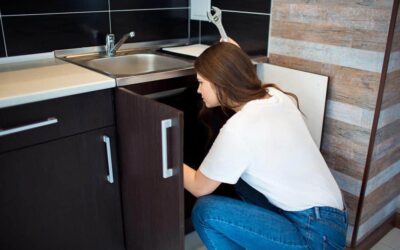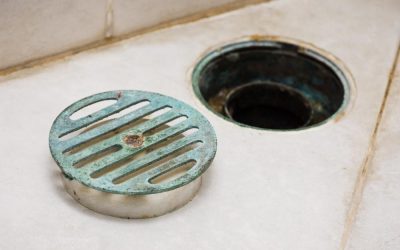There’s something incredibly satisfying about cleaning a kitchen, and after spending a couple of hours scrubbing, steaming, and washing everything down, the feeling that you get when you stand back and admire your handiwork is worth its weight in gold.
It’s a euphoric joy that we’re all more than familiar with, and the more we experience it, the more we crave it.
But even if you dedicate every waking hour to pursuing that feeling, sometimes even the cleanest kitchen can up falling victim to the annoying, frustrating, and completely unavoidable trauma of a blocked sink.
And the only thing worse than a blocked sink is a blocked double sink.
We’ve all been there, we’ve all found ourselves at the mercy of the kitchen sink gremlins who strike without mercy when you least expect it and leave a sink full of standing water in their wake.
But we’ve battled kitchen sink gremlins on a number of occasions, and having always emerged victorious from our confrontations with them, we’ve formulated an action plan that always helps us to remove any unwanted sink blockages in less time than it takes to make a good cup of coffee.
And because, like us, you spend almost all your spare time in your kitchen we’re going to share our tips with you, so you’ll never be defeated by the sink gremlins again.
The Things That Block Your Sink
In an age where we’re all taught the benefits of recycling and its importance is consistently hammered home to all of us, it’s rare that we don’t dispose of any leftover food in the correct way.
But mistakes do happen, and if food finds its way into your sink, it’s only going to end up in one place. Down the drain, and in the sink trap, and if it happens often enough, your sink is going to end up getting blocked.
The same thing can happen with grease, oils, and fats. If you tip them down the sink, over time they’re going to build up in the sink trap and when they do, eventually they’re going to become a problem. And when they become a problem, that’s when blockages happen.
And it isn’t just the aforementioned terrible trio that can build up in your sink trap and cause a problem. If you live in a hard water area, the high mineral content can, over the course of time, leave all sorts of unwanted deposits in your sink and its drain, which can cause it to back up and lead to standing water problems.
And if you’ve got a younger generation running around your house, you know how enthralling they find the kitchen sink, and when they start playing in it, some of their toys, especially their smaller parts, always seem to find a new home in the trap of your double kitchen sink.
It’s like we told you, sometimes it doesn’t matter what you do, the gremlins find a way of using all of the tools at their disposal to block your kitchen sink.
Boiling the Blockage Away
Boiling water is one of the universe’s best-cleaning agents, and in most cases will instantaneously clear a blocked sink if it’s poured down the drain. However, if there’s standing water in your double sink, you’ll need to dispose of it before you start pouring boiling water down the drain.
The easiest way to empty the standing water is with a cup and bucket. Scoop the water into the cup and empty the cup into the bucket and keep repeating the process until the drain is clear enough for you to empty your boiling water into it to try and scorch away the blockage.
Plunging
Plungers may seem more at home on those quaint British television shows about the aristocracy, but they do have their uses and unblocking sinks is their main reason for being.
Well, actually it’s their secondary reason, but we’re not going to talk about their primary function in polite company. Most double sinks come equipped with a garbage disposal unit, and the side that yours is on, that’s the side that you don’t want to plunge.
In fact, you’ll want to block the garbage disposal unit before you start plugging, as you need to create a vacuum when plunging and you don’t want any air escaping from, or leaking from one side while you’re plunging on the other.
Most sink blockages can be cleared with a plunger according to block drain plumbers Affordable Plumbing Solutions. You’re going to need to put some muscle behind the plunger, so don’t be afraid to really go to town and plunge as hard as you can.
The harder you plunge, the more likely you are to shift the blockage, and as soon as it does move and the standing water drains, turn the water faucet on and let it wash anything that’s left in the trap and pipes away.
Checking the Trap
If you’re still confronted by a pool of standing water in your sink, it’s time to get dirty and pull the trap. Look underneath your sink. You see that length of white UPVC piping that connects both of your sinks drains to the main pipe?
That’s the trap. The good news is, it’s easy to clean. The bad news is, it’s a messy job and you’re going to need to have a bucket and some towels ready to go before you start to unscrew it.
If there is room for a couple of buckets under your double sink, place one underneath each of the drains, but if you’ve only got enough room for one, make sure you put some towels underneath the other.
When your water catchment system is in place, gradually unscrew the bolts that hold the trap on to your sink by turning them counterclockwise until the trap comes away from the underside of your sink.
The standing water will pour out of your double sink, but thanks to your buckets and towel catchment system, it shouldn’t make too much of a mess.
Then it’s simply a matter of cleaning the trap out, and the best way to do that is with a wire coat hanger that you can thread through the trap to remove any, and all blockages.
Reattach the trap, clean up any excess mess under your sink and turn your hot water faucet on to help clear away any debris that might be left in the trap. And just like that, the blockage should finally disappear along with your standing water problem.







